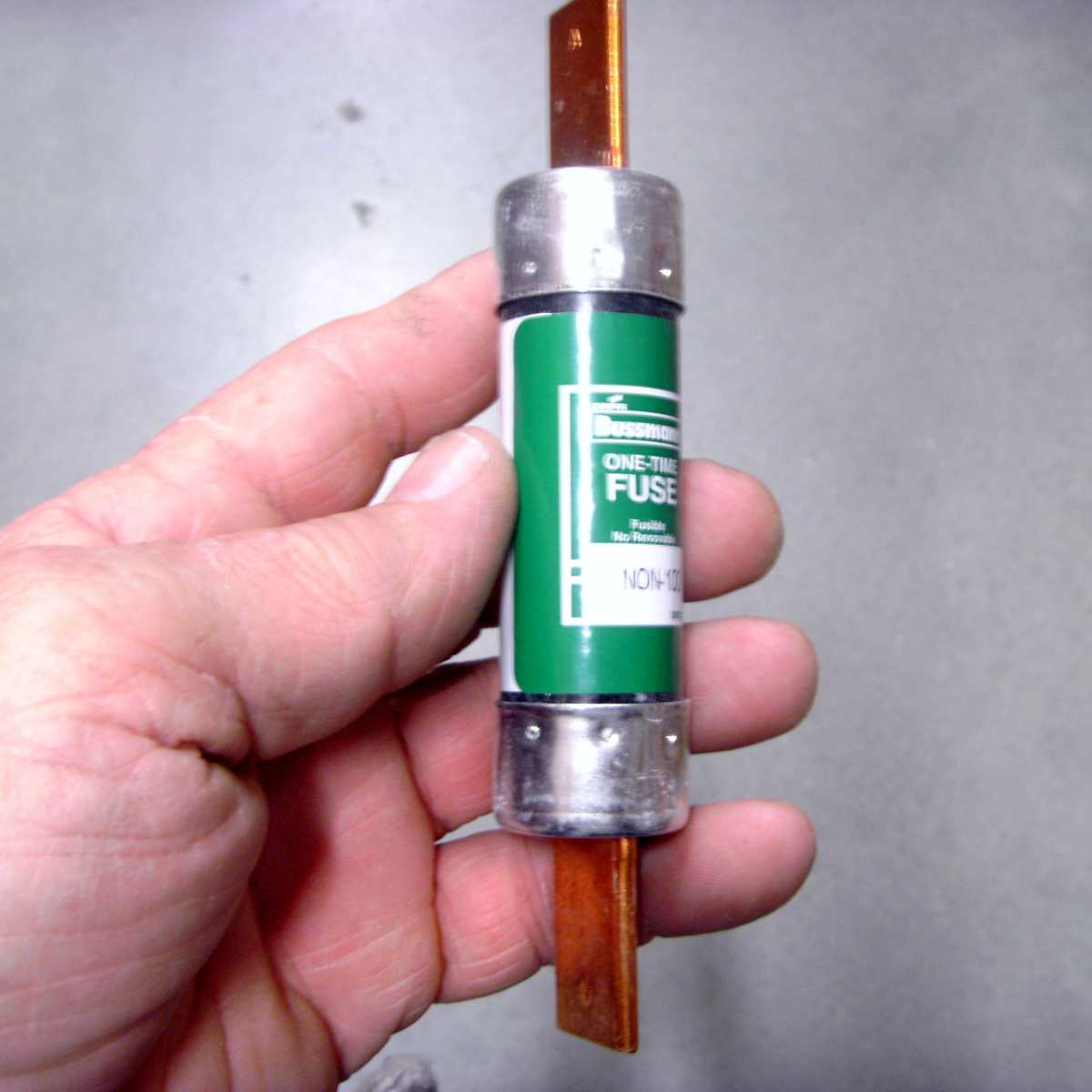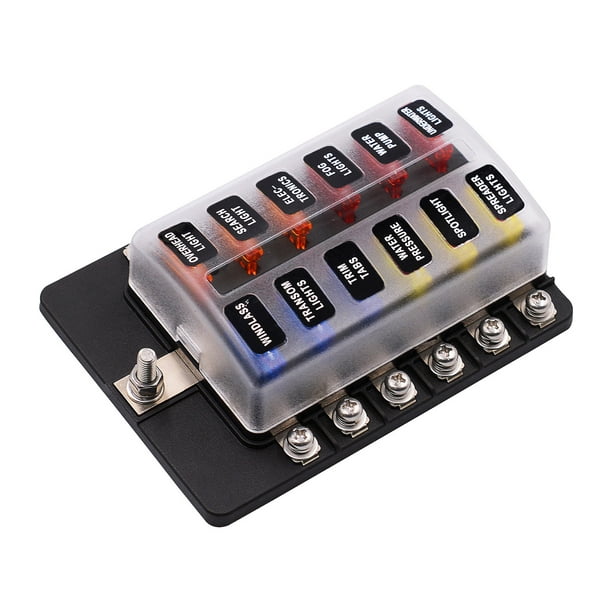The Buzz on Blue Sea Fuse Block
Wiki Article
The smart Trick of Blue Sea Fuse Block That Nobody is Discussing
Table of ContentsBlue Sea Fuse Block Things To Know Before You Get ThisWhat Does Blue Sea Fuse Block Mean?Blue Sea Fuse Block Things To Know Before You Get ThisGet This Report about Blue Sea Fuse BlockThe smart Trick of Blue Sea Fuse Block That Nobody is Talking AboutHow Blue Sea Fuse Block can Save You Time, Stress, and Money.
Fuses are bolted in location in between the bus bar and also the 2nd collection of electrically separated screws. With this installation you can attach the boat's various high-current circuits, such as a windlass, bow thruster, high-output alternator, the DC panel, etc, to the isolated bolts. The various fuses are sized according to the current-carrying ability of the conductors bolted to them.Some circuits will certainly still require to bypass the isolation button to ensure that they may be left on when the remainder of the boat is closed down. blue sea fuse block. These circuits generally consist of a bilge pump and also any charging tools (consisting of photovoltaic panels, possibly a wind generator, and also the inverter if it also functions as a battery charger).
This is part of the circuit representation we created for the complex example boat in our Watercraft Electrics training course. The tools attached to the fuse block in the top right are all bypassing the seclusion button S1. If you register for Watercraft Electrics 101, you will discover exactly how to review such a diagram and also how to make one for your very own watercraft.
Unknown Facts About Blue Sea Fuse Block

With DC circuits, the OCP is always put in the favorable side of DC circuits. Keep in mind that some European boatbuilders set up merges as well as battery buttons in the DC adverse side and also on the favorable side, but this is not recommended except in some isolated (floating) ground DC systems.
This point may be at the battery, the battery button, the circulation panel, a subsidiary panel, some distribution bus bar, or various other attaching factor. If the conductors in the new circuit are no smaller sized than the conductor that feeds the brand-new circuit's point of connection, then the OCP for the feeder conductor will adequately protect the new circuit - blue sea fuse block.
Blue Sea Fuse Block Things To Know Before You Buy
But if the brand-new circuit is not effectively offered by overcurrent devices currently in position, added protection is called for at its point of link, i. e., at its resource of power. Positioning of integrates in the positive conductor. Keep in mind how a smaller fuse is utilized each time a smaller sized conductor is connected, Sometimes area restricts how close an OCP gadget can be placed to the source of power.The generic answer, from this hyperlink the ABYC, is within 7" (17. The ABYC allows the complying with, which have been tightened up in current years: A conductor connected directly to a battery that is likewise "consisted of throughout its whole range in a sheath or unit such as a conduit, junction box, control box or enclosed panel" need to have its overcurrent security "as close as possible to the battery, yet not to go beyond 72 inches (1.
Gone is the covering 72" allocation that used to be there. A conductor attached to a resource of power various other than the battery (e. g., the battery button, the circulation panel, or some various other factor in the DC circuits) that is in a similar way consisted of in a sheath, and so on, have to have its overcurrent protection "as close as practicable to the point of connection to the source of power, but not to exceed 40 inches (1.
Blue Sea Fuse Block for Dummies
e., anywhere it ties right into the DC system. Considered that alternators themselves are a source of power, it has actually been arguable whether these added generators needed OCP at the generator itself. This has actually been fixed in the most recent variation of the ABYC E-11 requirement as follows: "Overcurrent defense is not needed at a generator if the ampacity of the conductor is equal to or more than the rated result of the alternator."Cranking-motor circuits are not called for to have overcurrent security.In the aquatic field, where cranking circuits might try this be long, this technique could create a danger. It makes no sense to have any type of unguarded circuits on a boat.
In winter, the inrush current on a 12V starter electric motor might be as high as 1,500 amps; the cranking current may be as long as 200 amps. Often, cranking conductors are undersized even for the cranking present, allow alone the inrush current. This circumstance does not present a security problem per se, due to the fact that these currents are sustained for just a couple of secs, so the conductors do not have time to fume enough to create a fire risk.
An Unbiased View of Blue Sea Fuse Block
We made the training course with outright novices in mind. As the electric tons on boats increases, so also does the intricacy of electrical circuits and the possibility for brief circuits and also electric fires.
In the aquatic field, where cranking circuits may be long, this technique might create a danger. It makes no feeling to have any kind of vulnerable circuits on a watercraft.
Fascination About Blue Sea Fuse Block

If you wish to discover exactly how to wire a boat, detailed in 56 video clip lessons, look into our Boat Electrics 101 course. We made the training course with outright beginners in mind. As the electrical load on watercrafts boosts, so as well does the complexity of electrical circuits and also the possibility for brief circuits as well as electrical fires.
Report this wiki page